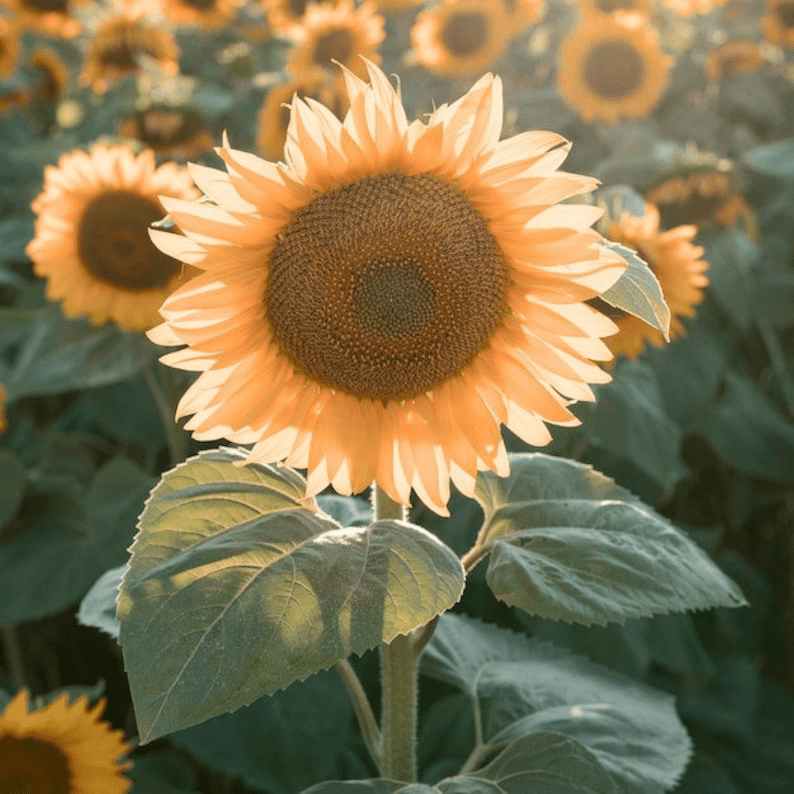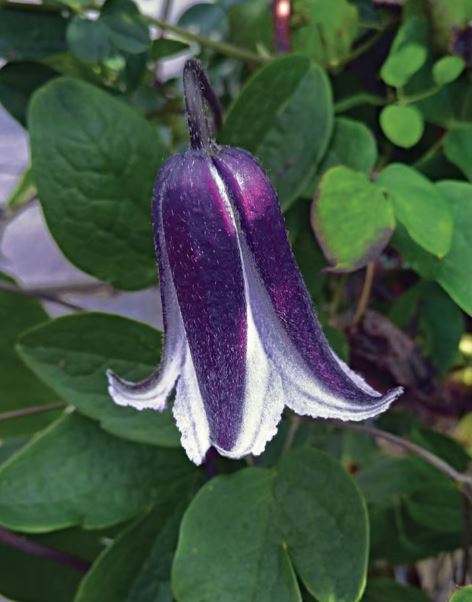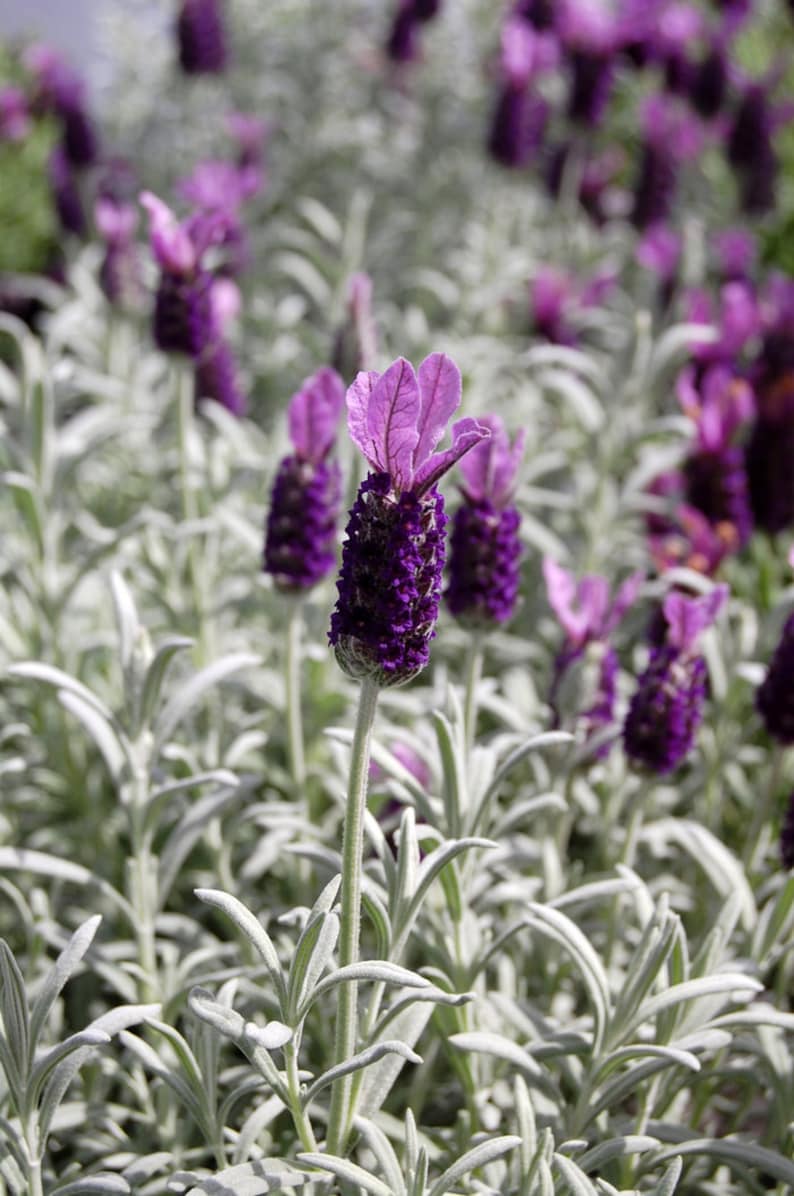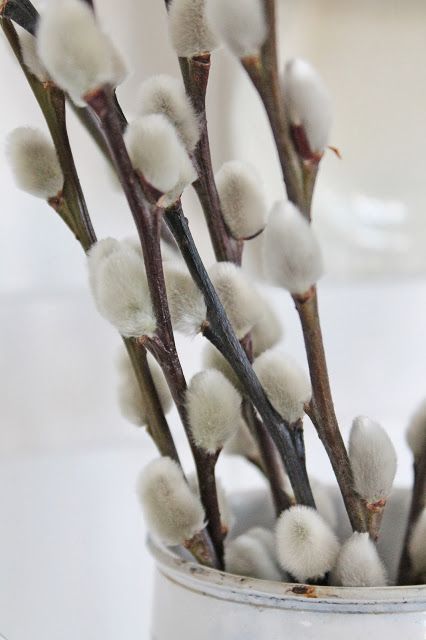
Sunflower Seed Guide
Sunflowers
Sunflowers are a species of flowering plant from the genus Helianthus. They are tall plants, typically reaching heights of up to 3 meters, with large yellow or orange flower heads that can measure up to 12 inches in diameter. The petals of the flowers are often arranged in a spiral pattern, and the flowers themselves can be single or double-bloomed. Sunflowers are annual plants, meaning that they grow and bloom for a single season before dying. Sunflowers are native to North America, but have been introduced to other parts of the world, where they are now grown as ornamental plants. Sunflowers are primarily grown for their edible seeds, which are a rich source of protein, fiber, and essential fatty acids. Sunflower oil is also produced from the seeds, and is used in a variety of food products. Sunflowers are also popular as ornamental plants, and can be found in many gardens and flower beds.
Step-by-step Guide
Growing sunflowers is a great way to bring a splash of color and life to your garden. Sunflowers are hardy plants, and they make a great addition for beginner gardeners. Here is a guide to planting sunflower seeds.
1. Choose the right variety. Sunflowers come in a variety of sizes, colors, and bloom times. Make sure you choose the variety that best suits your needs.
2. Gather the supplies. You will need a packet of sunflower seeds, a trowel, and a planting container or garden plot.
3. Prepare the soil. Sunflowers need well-draining soil with plenty of organic matter. Add compost to the soil, and mix it in well.
4. Plant the seeds. Plant the seeds 1/2 inch deep in soil, and space them about 6 inches apart. Water the seeds lightly after planting.
5. Fertilize your plants. Sunflowers need plenty of nutrients to grow well. Fertilize your plants once per week with a balanced fertilizer.
6. Keep the plants well-watered. Sunflowers need about 1 inch of water per week. If you live in a dry climate, you may need to water your plants more often.
7. Watch for pests. Sunflowers are susceptible to various pests, including aphids, caterpillars, and mites. Watch for signs of pests, and take steps to control them if necessary.
8. Harvest your sunflowers. Depending on the variety you planted, the blooms should be ready for harvesting in about 60-90 days. Cut the stalks at the base of the flower head, and enjoy your beautiful blooms!
By following these steps, you can easily grow beautiful sunflowers in your garden. With a little bit of effort, you can enjoy a colorful garden full of cheerful sunflowers.




